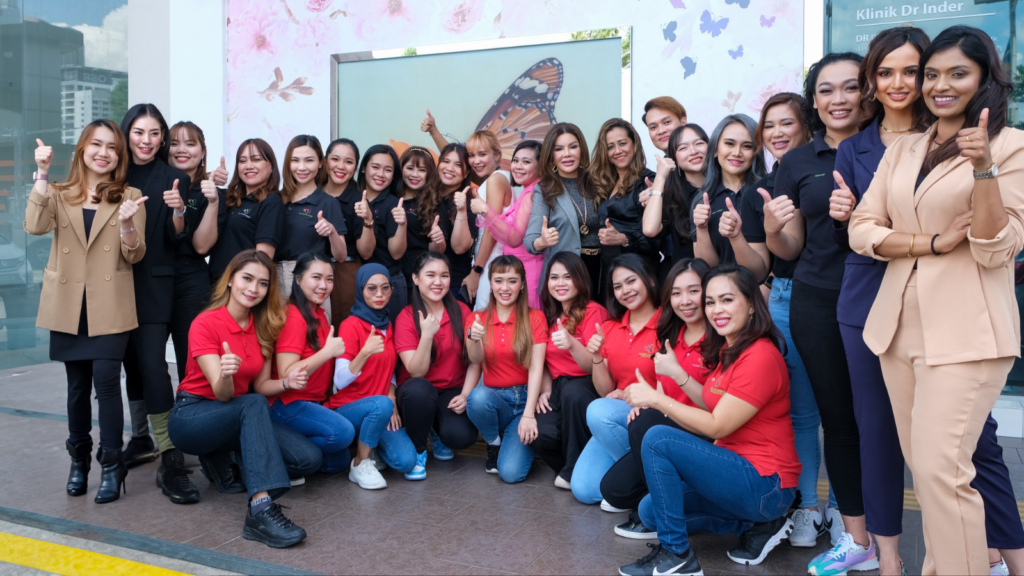Post-Procedure Guidelines for Maximizing Your Botox Outcomes (Part 1)
Botox is a generic word for several botulinum toxin formulations. Botox can be injected by doctors to paralyse muscles and stop neurons from firing incorrectly. The effects of Botox might remain for up to a year. Aesthetic medicine makes extensive use of it as well because of its ability to relax underlying muscles, resulting in a younger, smoother appearance. This application of Botox has been common for quite some time, and it is quickly rising to the ranks of the most sought-after non-invasive cosmetic treatments.

One thing to keep in mind is that you probably won’t see results right away after getting Botox. The results may not show up for a few days. The main effects of the operation, though, should hit you within a few weeks. You should wait a few months before getting another round of Botox because the effects wear off after around three to four months.
In most cases, a treatment of Botox may be completed in less than 10 minutes at a doctor’s office. Since it is a minimally invasive process, recovery time is short and normal activities can be resumed soon after treatment. To get the most out of your Botox treatment, however, you should follow these aftercare instructions.
Don't lie down on the treated area and remain upright.
Sitting upright during the first 4 hours after getting Botox will maximise the effectiveness of the injections. Do not lie down, nap, or put any pressure on the injection site. If you have Botox and bruise easily, bending or lying down may distribute the Botox and increase the severity of the bruise.
After a long day, it’s only natural to wind down and turn in for the night. It’s recommended that you don’t sleep on your face the night after your Botox injections. This will help keep the Botox from spreading to unintended parts of your face and reduce the likelihood of unwanted side effects. The recommendation to remain upright after a Botox treatment is referred to in the recommendation to sleep on your back the first night and to avoid dozing within 4 hours.
Avoid direct sunlight.
If you plan on spending a lot of time outside in the sun, you should protect your skin by using sunscreen. If you’ve had Botox, you should avoid being in bright sunlight for at least 4 hours thereafter. Bruising can occur as a result of flushing or high blood pressure, both of which can be triggered by prolonged exposure to direct sunlight. Sun exposure should be avoided for up to 48 hours following an injection session, and sunscreen should be worn if exposure cannot be avoided. Avoiding activities that can increase your body temperature can help you get the most out of your Botox treatment, as they can elevate your blood pressure and increase the likelihood of bruising.
Botox’s rapid and noticeable effects have made it a popular medical and cosmetic procedure. Give it some time to take effect and do what your doctor advises. If you take good care of yourself afterward, you can reap its advantages without suffering any lasting bruises. These are just some general guidelines for taking care of yourself after receiving Botox; if you have any questions about what you should or should not do, consult with your doctor. They can tailor a plan to your specific therapy and way of life.
There’s more! Stay tuned for our part 2 of the post-procedure Botox guidelines. Or you can learn more from a consultation with our doctor for FREE. Book your appointment now!
Would you like to know more?
Schedule A Free Consultation Now
Alternatively you can give us a call at +60379321818








